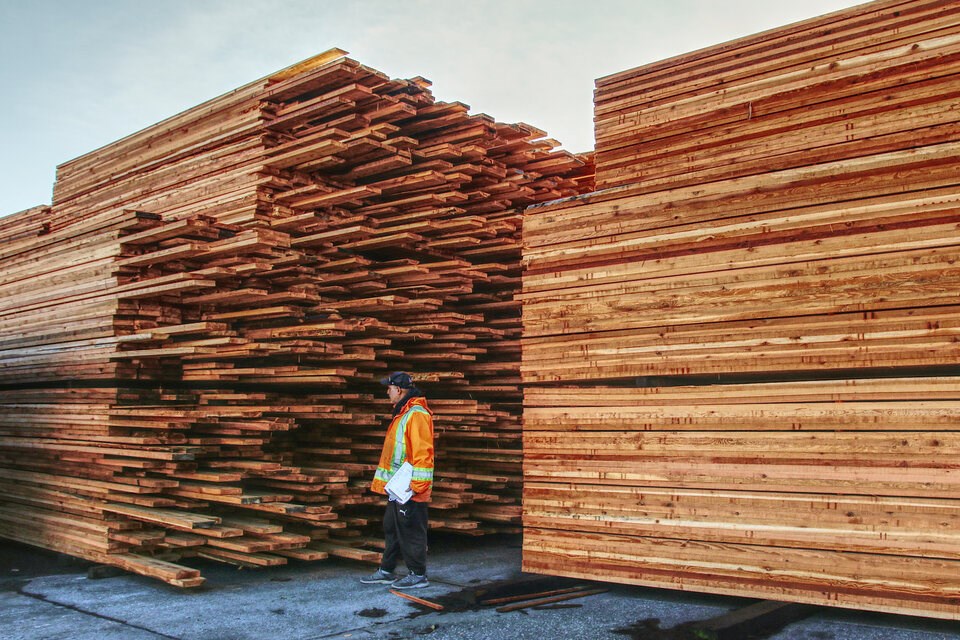 Sep 29 2014
Sep 29 2014Help needed to ID monster trees
The University of B.C. recently took on the task of turning “several bankers’ boxes of paper and physical photos” on the province’s largest trees into a usable online database — and they want the public to add to it.
The idea is that if we know where British Columbia’s largest trees are, they can be protected and studied, according to UBC forests and conservation prof. Sally Aitken.
“Those big trees really represents a biological legacy from the past. We want to maintain that legacy,” she said.
“We don’t know how these trees are going to react to climate change, to the new environment they find themselves in — if we know where they are now, it gives us a basis to monitor them.”
B.C., Aitken said, is home to some of the largest trees in the world. And despite how the existing paper-based records go back to 1986 and already contain 300 of the province’s most enormous trees, new discoveries are still regularly found.
“In the last month, we have found the third-biggest Sitka spruce in the province. In the spring, the tree that got quite a bit of press — called Big Lonely Doug — was found. It’s near Port Renfrew, it’s the second largest Douglas fir.”
Even for the existing trees in the registry, much of the data is incomplete. Many of the old records didn’t come with exact GPS co-ordinates or even directions to how to find the trees.
Technology now, however, means anyone with a smart phone can track their GPS co-ordinates and also measure the height of trees using a simple “clinometer” app that uses distance and angles to complete the measurements.
The tree registry can be found online at bigtrees.forestry.ubc.ca.
Read more:[Original article no longer available]






